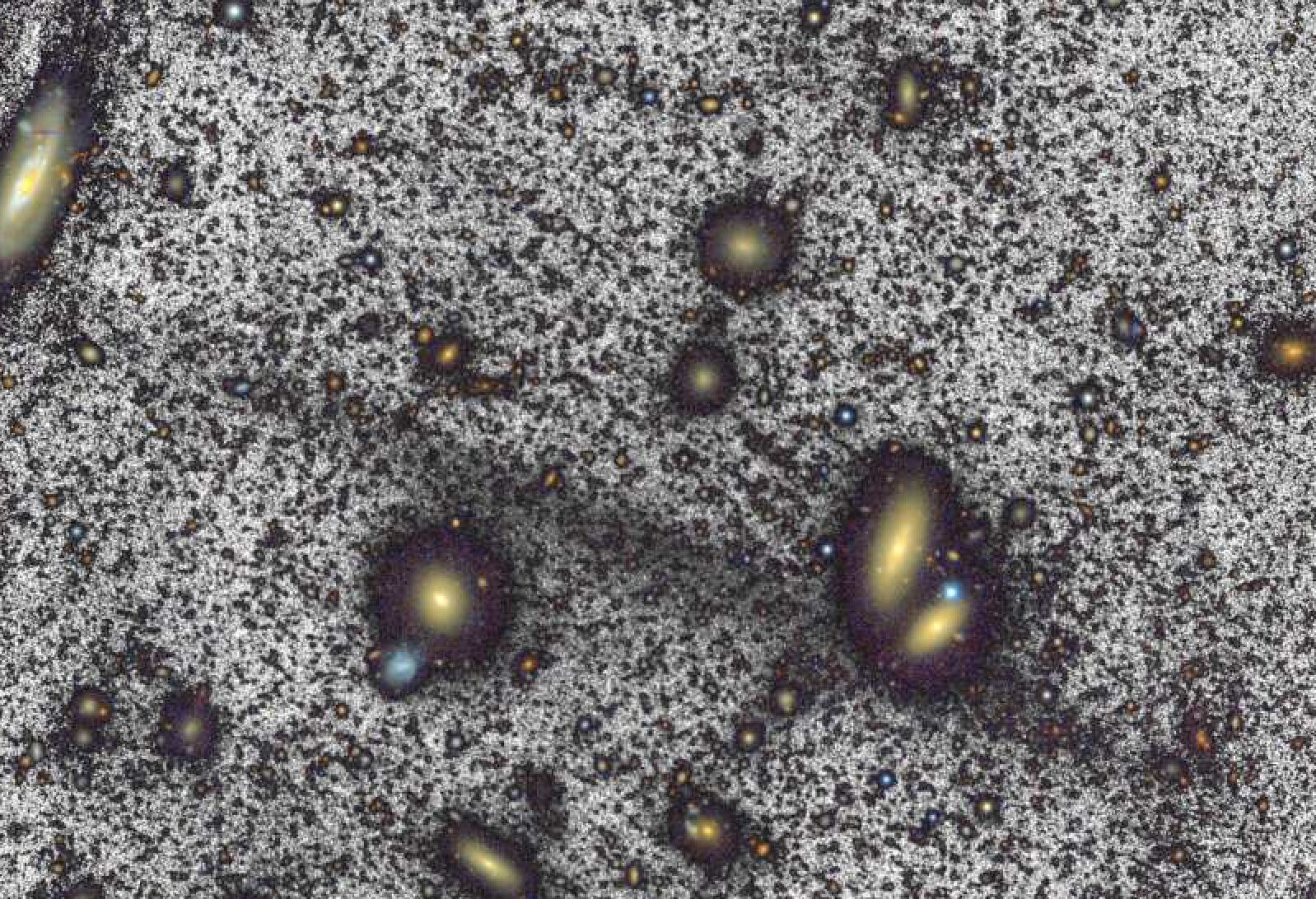× close
Surprisingly, an international team of researchers has identified a colossal and extremely dim stellar stream located between galaxies. Although we already know about streams within our galaxy and nearby ones, this one is unprecedented as it runs between galaxies. It marks the largest stream found to date. Their findings are published in the journal Astronomy & Astrophysics.
The first observations were conducted using astronomer Michael Rich’s comparatively small 70-centimeter telescope in California (United States of America). The team then turned the 4.2-meter William Herschel telescope (La Palma, Spain) towards the area. After thorough image processing, they discovered an exceedingly faint stream, measuring more than 10 times the length of our Milky Way. The stream seems to float within a cluster environment and is not associated with any specific galaxy. This stream has been named the Giant Coma Stream.
Lead researcher, Javier Román, associated with the University of Groningen (the Netherlands) and the University of La Laguna in Tenerife (Spain), remarked, “This giant stream crossed our path by coincidence. We were studying halos of stars situated around large galaxies.”
Its discovery is extraordinary due to its presence as a somewhat fragile structure amidst a hostile environment of galaxies that attract and repel each other. Co-author Reynier Peletier (University of Groningen, the Netherlands) explains, “In the meantime, we have been able to simulate such immense flows in the computer. We, therefore, expect to discover more of them, for example, when searching with the future 39-meter ELT and when Euclid starts producing data.”
With larger future telescopes, the researchers aim not only to find new giant streams but also to closely study the Giant Coma Stream. Peletier adds, “We would love to observe individual stars within and near the stream and acquire insights about dark matter.”
The Coma Cluster, located at a distance of about 300 million light-years from Earth in the direction of the northern constellation Coma Berenices, is one of the most studied galaxy clusters. In 1933, Swiss astronomer Fritz Zwicky demonstrated that the galaxies within the cluster were moving too fast if accounting for visible matter alone. He concluded that there must be dark matter keeping things together. The exact nature of dark matter still remains unknown.
More information:
Javier Román et al, A giant thin stellar stream in the Coma Galaxy Cluster, Astronomy & Astrophysics (2023). DOI: 10.1051/0004-6361/202346780, www.aanda.org/10.1051/0004-6361/202346780. On arXiv: DOI: 10.48550/arXiv.2305.03073


